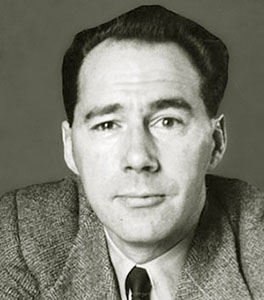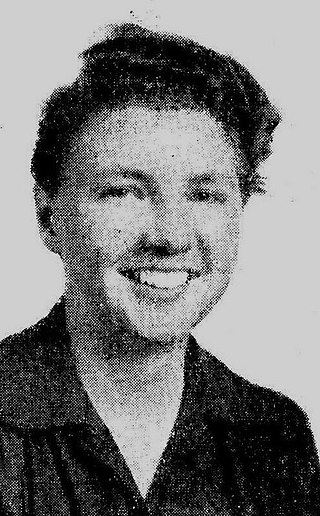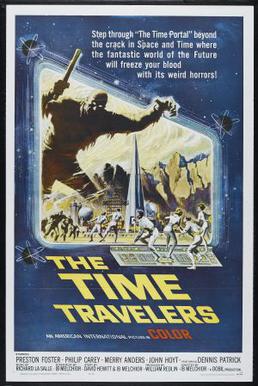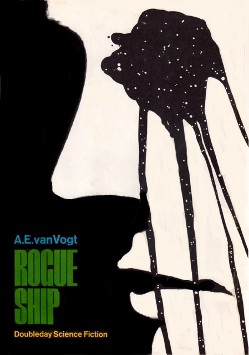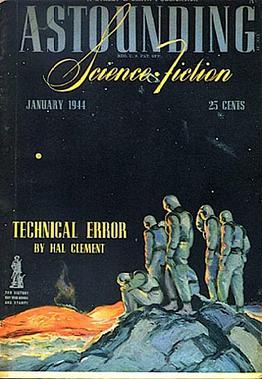Summary
The protagonist of the novel is Peter Caxton, a physics teacher who, as in the story "Film Library", rents films for his school. He takes the movie projector, that seems to be changing the intended films into films from the future, home for investigation.
Caxton, then waking in hospital, is the amnesiac traveling salesman from the story "The Search"; he goes back over his sales territory to discover what happened. He meets Selanie, who is selling gadgets from the future, and her father Claudan Johns; they are time travelers, and he discovers their motor home that contains the gadgets.
He is transported into the year 2083 by a handshake from a rival time traveler. There he sees inventions from the films he rented, and he explores an enormous building; after sleeping he wakes up by an older version of Selanie, to whom he seems to be married. He meets Price, who explains that the building is the Palace of Immortality, which Claudan Johns discovered, and which is used for time travel; the time travelers are known as Possessors. A handshake from Price sends Caxton back to his original time.
In an attempt to return to 2083, he joins an expedition to travel to nearby star Alpha Centauri, as in the story "Far Centaurus". His intention is to turn the spaceship round during a waking interval between periods of hibernation, and so return to Earth at the right time; but when he wakes after 50 years, he finds it is not possible. Arriving at Alpha Centauri, the crew are received by the advanced civilization from Earth that can make the journey in three hours, and have long been expecting them. They are shown round Alpha Centauri, and around Earth. Caxton, still interested in his old sales territory, there meets Kameel Bustaman; he is a Possessor, and sends Caxton back to the 20th century.
Possessors Johns and Bustaman, and Possessor Daniel Magoelson who becomes important later, are trying to increase their ability to travel through time, as they learn to deal with probability worlds and time foldbacks. Caxton, caught up in this activity, makes further time shifts, and the story becomes increasingly complex. There is an interval where Caxton travels with Selanie and Johns in their motor home, in the North America of 1650, during which Johns discusses time travel.
The movie projector's special qualities were created by Johns and Magoelson, in an attempt to create an imbalance in a time foldback; the attempt was unexpectedly affected by the presence of Bustaman watching the film, who at that time was not aware he was a Possessor, and wrecked by Caxton's dismantling of the projector.
During the time traveling, two versions of Caxton and of Selanie are created. At the end, these versions are merged, and Selanie, resolving their relationship, says, "I can't marry you because the me that I merged with, is already married to you, remember?"




